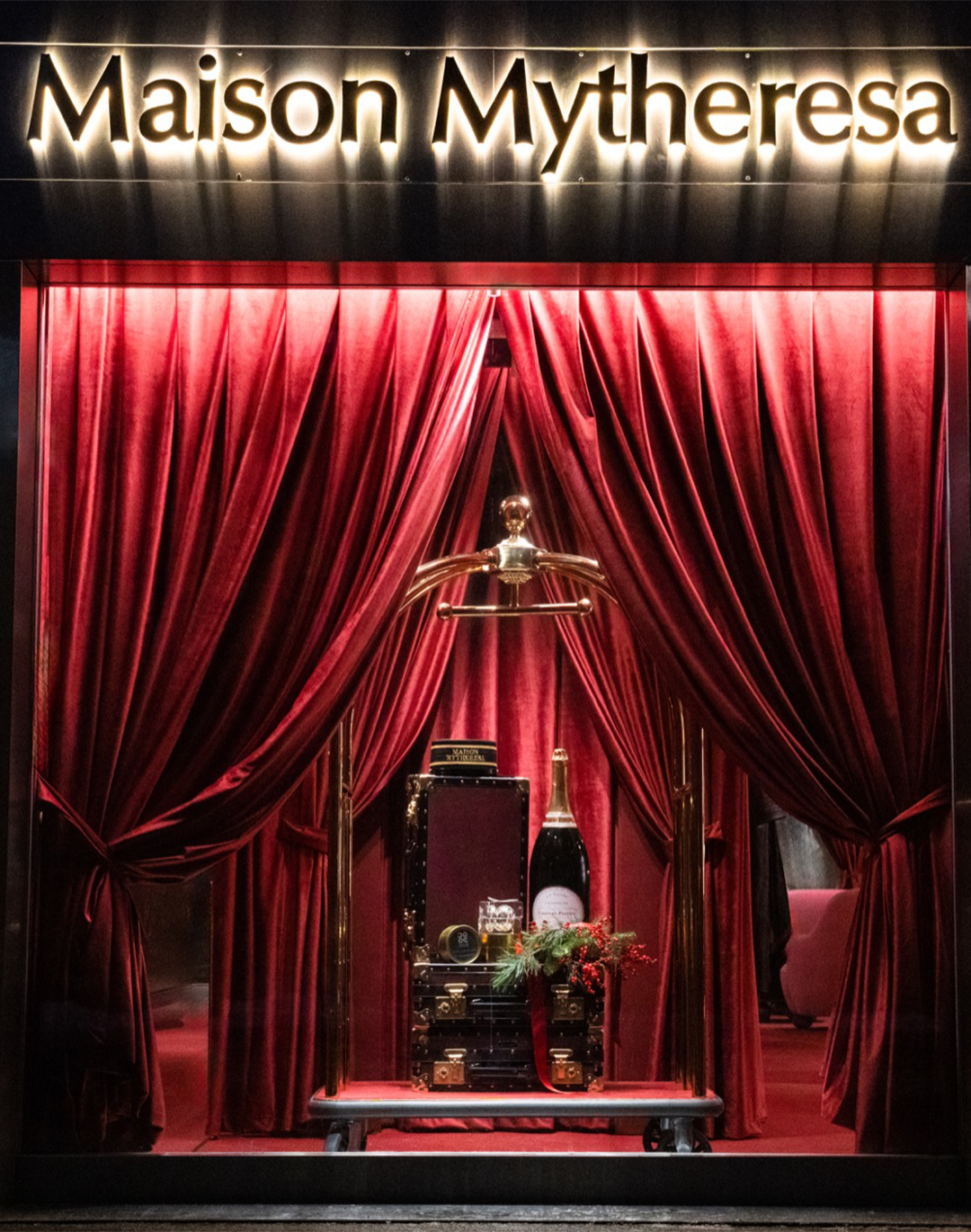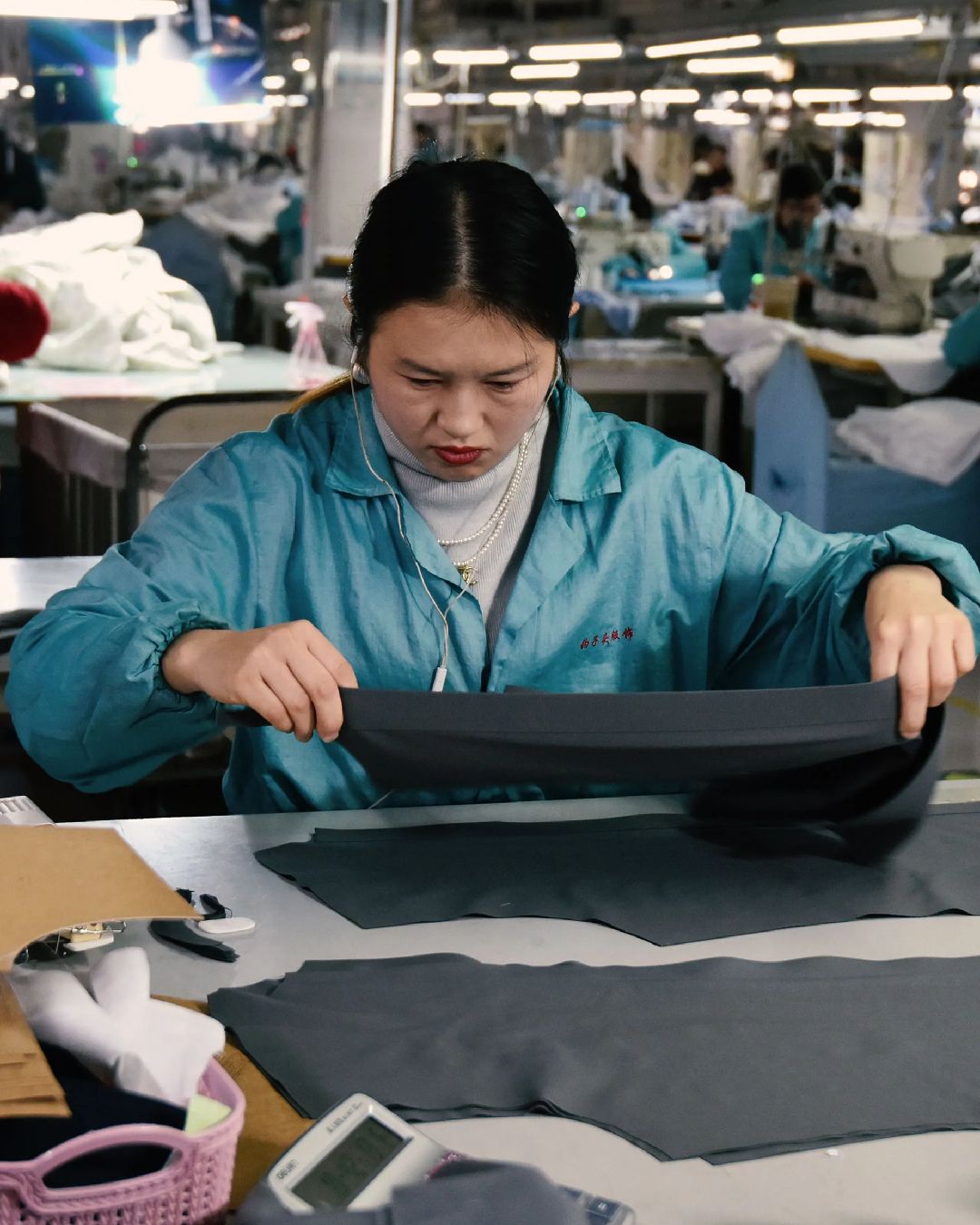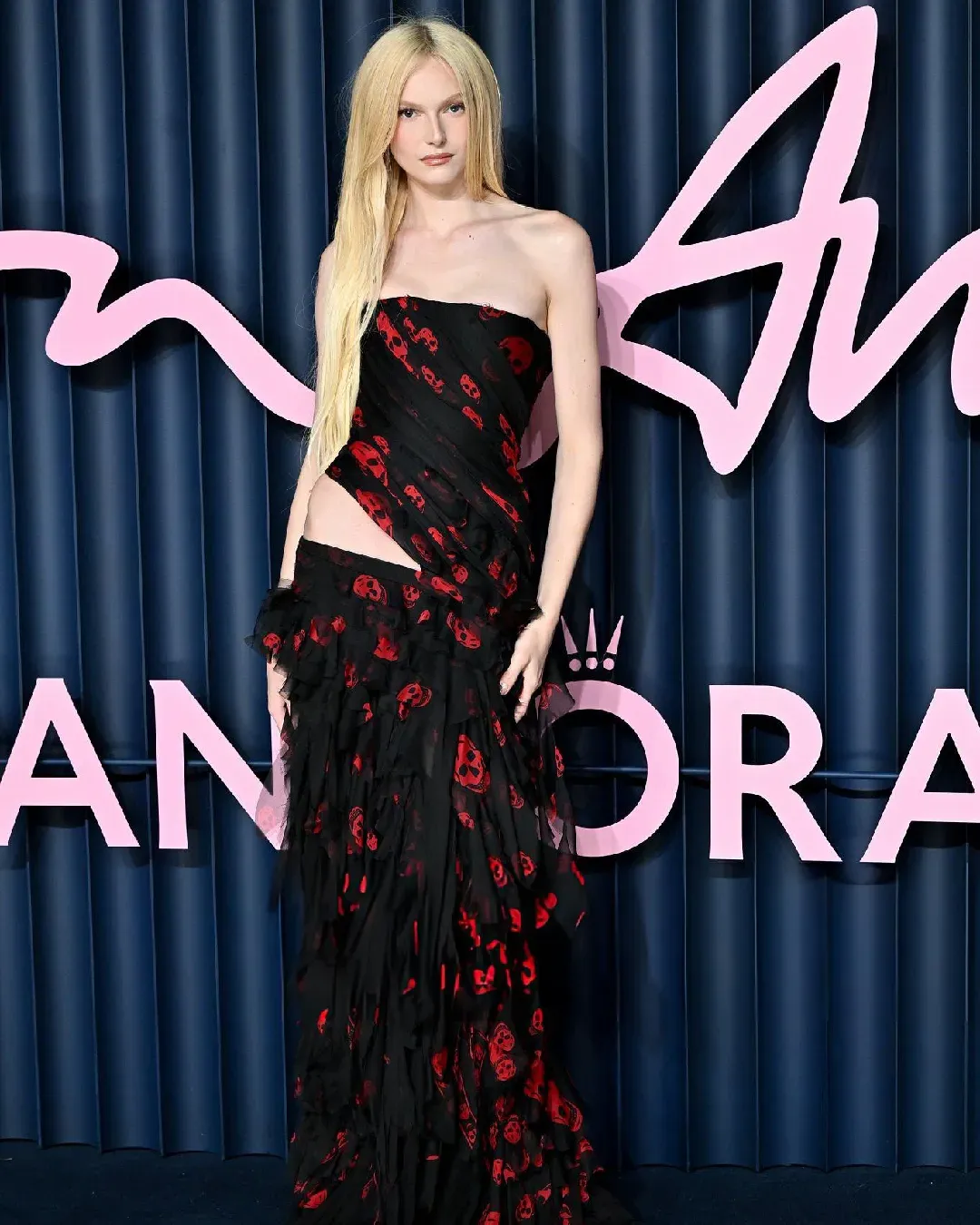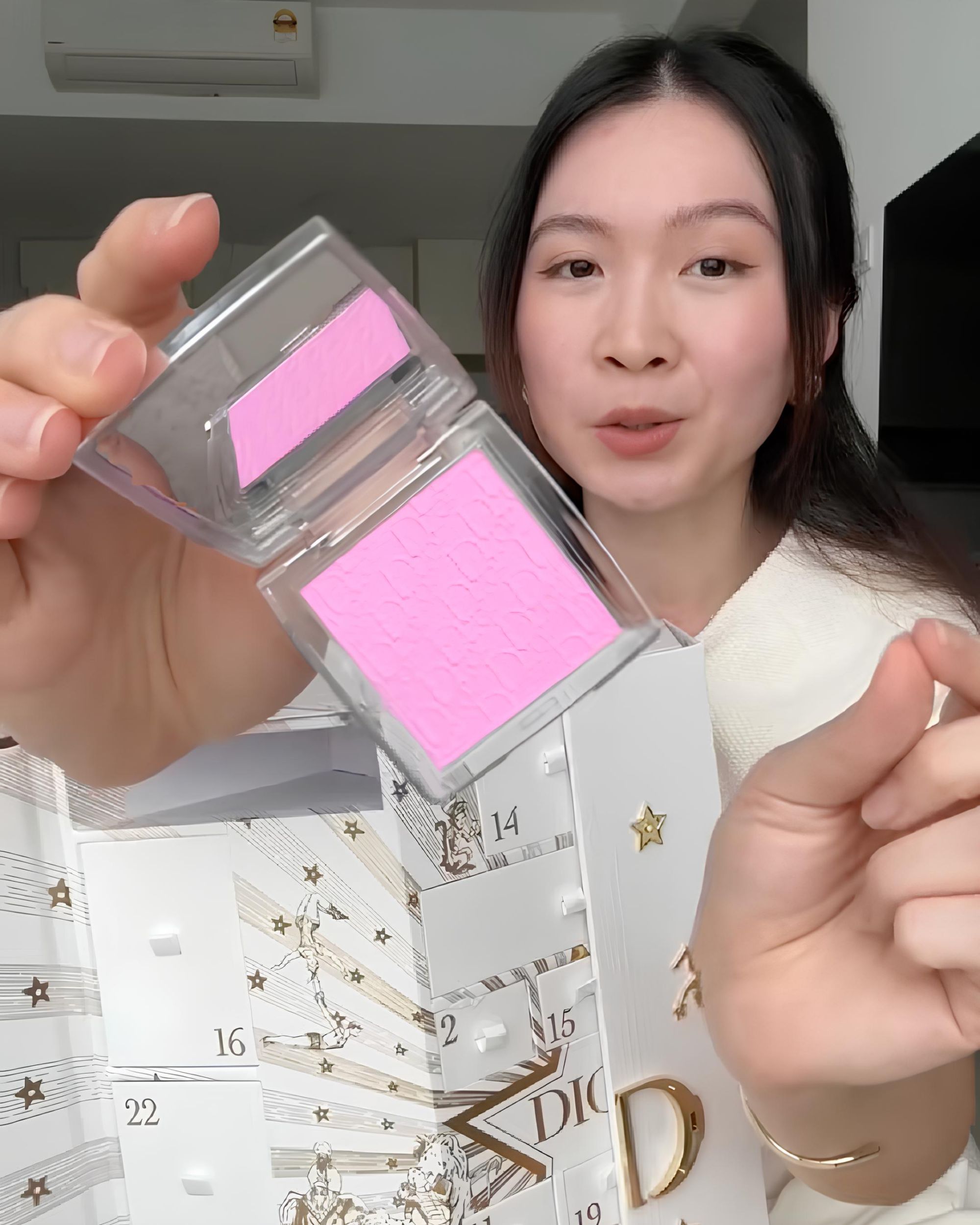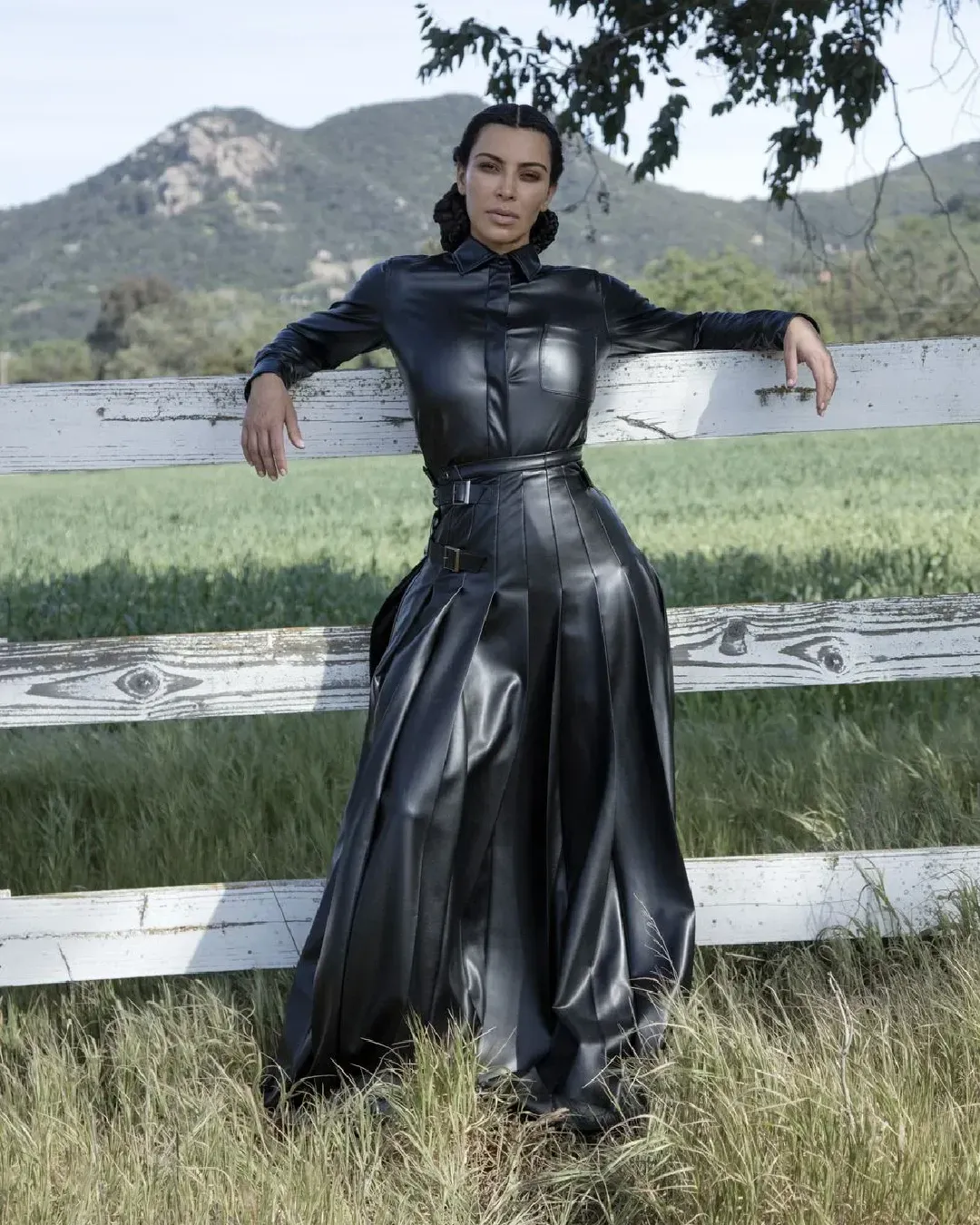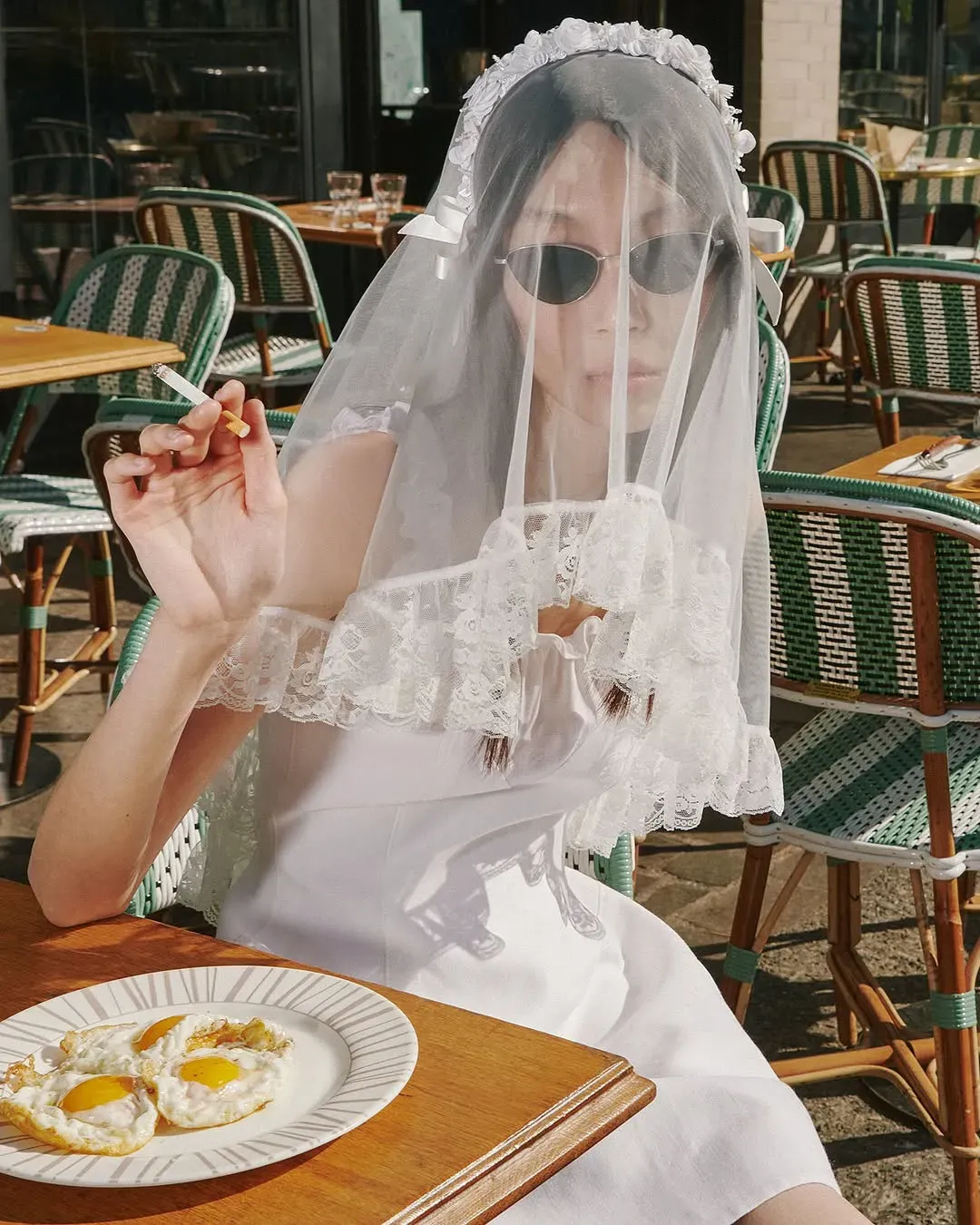
Queuing in front of stores is ridiculous And not for the reasons you think
After reading Imrad Amed's article Queuing Is Not A Luxury Experience posted on BoF last Friday, we went for a walk in Montenapoleone to see how many people were actually lining up outside the boutiques. Three addresses stood out specifically for the line that stood in front of the door: Goyard, Chanel, and Dior. Some even stood in front of Rolex and Cartier. A relative minority compared to the number of boutiques present, but still indicative of a phenomenon that is real. Incidentally, if one wanted to buy something from Napoleon Vintage in Milan over the weekend, it would not be difficult to find the same line of young and not-so-young people in front of the store that, six or seven years ago, would have been in front of the Supreme store. Oddly enough, though, waiting to enter a little vintage store much beloved by locals is quite a bit more exciting than waiting to be called into a grandiose boutique escorted on sight by a salesman showing you new models on a smartphone screen.
@betapinheiro_ A responder a @Olga861 Totally agree! But still love Chanel! #chanel #luxury #viral #milano #milan #italia #luxurylifestyle #foryou #foryoupage #fyp som original - Roberta Pinheiro
Now, both lines possess what we might call their own mystique because of the exclusivity factor, and yet, as Amed brilliantly notes, waiting outside a luxury store has nothing luxurious about it - au contraire, it is incredibly cheap. In a setting as orderly and in some ways idyllic as Montenapoleone, seeing a line of tourists thronging the sidewalk is almost unbecoming, dissonant. For Amed, surely more accustomed to luxury shopping, the principle that applies in this situation is that time is the ultimate luxury and, therefore, wasting the potential customer's time is annoying, especially if it is a more or less regular customer who wants to take a look but does not enter the store with the clear intention of buying. The queue, we add, also prevents the boutique from getting too crowded - while we rule out a priori the fears of shoplifting that perhaps apply to department stores but which boutiques avoid with arsenals of cameras, alarms and security personnel placed in every corner. Now, since time immemorial, having someone anteroom represents a power tactic, almost as if the brand wants to see these moneyed individuals waiting in line as if in some kind of cafeteria. No less, this method more than creates hype discourages potential customers instead of enticing them.
its 8pm why are ppl queueing at hermes at 8pm i will never understand
— danielle⁷ (@honeymyng) May 12, 2023
Indeed, if regular customers have the contact of the retailer who perhaps arranges specific proposals taken from the new collection for them, luxury has begun to suffer from the absence of aspirational customers, that is, those for whom buying a luxury product is an occasion and who seek more accessible products. In fact, after a period of increased accessibility and consumer desire fueled by the pandemic, brands have decided to position themselves higher in the market by raising prices, increasing exclusivity under the guise of quiet luxury, and increasingly courting the few customers capable of spending a lot by sidelining the aspirational. The economic wobble in China and the U.S., along with the substantial closure of the Russian market, have deprived. According to BoF, it is precisely the absence of aspirational customers that is what has caused the slowdown in sales recorded in the U.S. market and created difficulties for many luxury brands in recent times. After all, it is an established fact that the bulk of big brands' revenue comes from lower-priced products such as perfumes or leather accessories where clothing is rarely the sole locomotive of revenue.










































